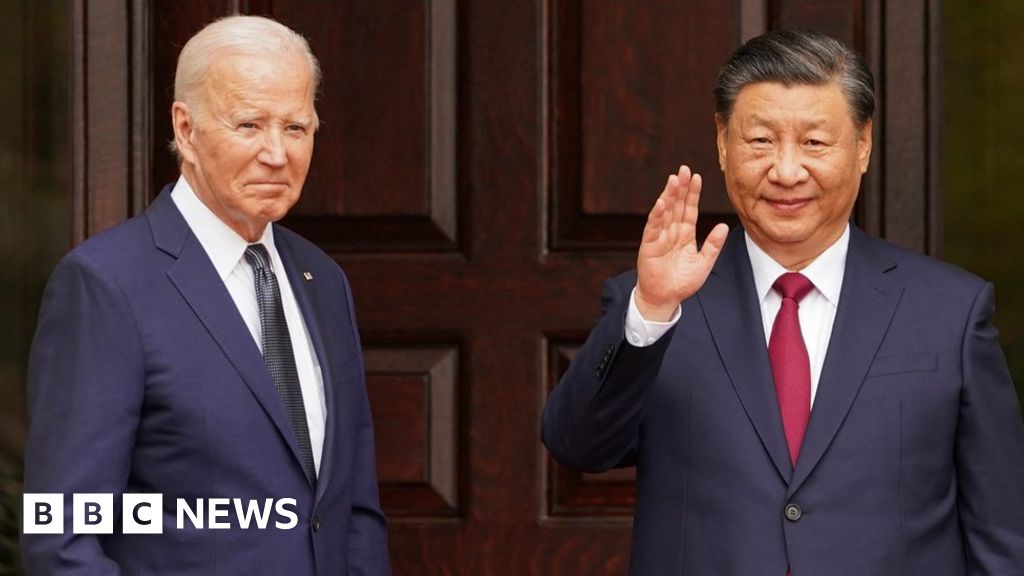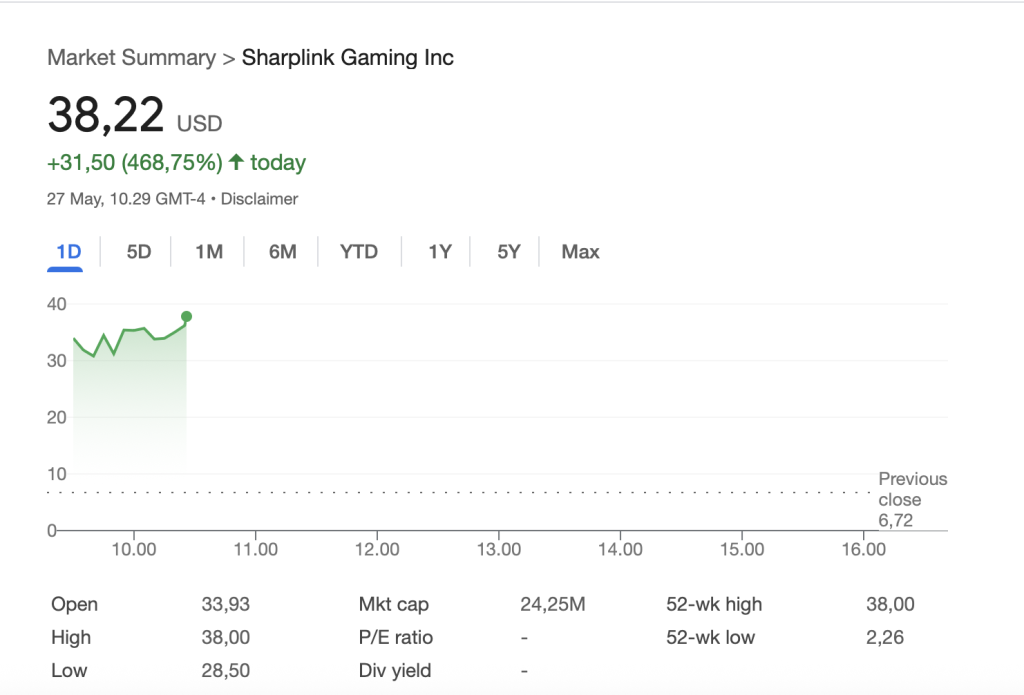Zhang Ruimin, Chairman Emeritus and former CEO of Haier Group, poses for photographs out side of the … [+]
Corbis via Getty Images
Earlier this past week, Thinkers50, an international organization based in London, whose mission has been to identify, highlight and rank contributions to management thought, for over nearly a quarter century, bestowed a rare lifetime achievement award on Mr. Zhang Ruimin, Chairman Emeritus of Haier, for four decades of efforts to resist bureaucracy and advance the maximization of human value within large, complex, modern organizations. This acknowledgement of Mr. Zhang’s achievements is no casual recognition. It places him in a very select group of prior winners, consisting of: Charles Handy, Philip Kotler, Rosabeth Moss Kanter, Tom Peters, Henry Mintzberg, Ikujiro Nonaka, and Richard D’Aveni; all of whom have profoundly affected the way in which we look at our corporate landscape and the behavior of the organizations that populate it.
What makes Mr. Zhang distinctive within this group, is that he has not only pioneered a new way of thinking about how a large, complex organization might work, but he has actually piloted a forty year transformation journey that has realized the theory, which he has called Rendanheyi, in practice, and along the way has transformed an old-economy, mature organization, into a global market leader, well-prepared for a high-tech, fully-connected future. It is this combination of visionary thought regarding the nature of the corporation, and the experience of navigating its application, that makes Mr. Zhang’s story worthy of attention.
Essentially, organizations are tools to achieve corporate goals. They are built, one hopes, in response to external market and non-market (political, technological, environmental, etc.) forces, with an eye towards being responsive to the needs and wants of their customer base, in a changing competitive arena. In fact, however, most organizations are legacy pyramids, inherited from the boss you just replaced, powered by inertia, and are traditionally devoted to the investor community as their primary stakeholder. Zhang Ruimin, as a young government functionary, stepped into just such a situation, in 1984, when he became the Managing Director of the, nearly bankrupt, Qingdao Refrigerator Company, and inherited a dispirited group of employees, as well. His challenge was to not only inspire a much higher degree of work engagement amongst his employees, but to redesign an organization so that it had a chance of survival in the domestic Chinese market, then in flux from the introduction of market forces, and the recent appearance of global, big-branded, foreign competitors. His response was to embark on a journey of change to completely transform both the organization, and the work performed within it, all in the service of customer needs, and energized by maximizing the human value it brought to its work; and he succeeded.
What Zhang saw, that so many leaders miss, is that every so often opportunities arise which open-up the possibilities to change everything, not just organizational structure, or the hiring of new faces as part of the acquisition of desirable skills, but everything: why work matters, how the idea of our worker must change, and what all of this means for new workplaces and markets to be created. This work-worker-workplace constellation of choices for change, has been articulated by Abhijit Bhaduri, General Manager of Global Learning and Development, at Microsoft, in a book entitled Dreamers and Unicorns. Zhang Ruimin believed that for Haier to survive, the entire nature of work in the organization had to change: from acting solely as order-takers from above, to being built around achieving zero-distance with their customers and users, in an effort to quickly internalize and fulfill emerging customer needs ; which meant, in turn, that Haier no longer could rely upon workers who acted like bureaucrats, but needed entrepreneurs, instead, who would be fast and opportunistic in the pursuit of customer satisfaction. All of which, called out for a completely changed Haier workplace. Today, a jumble of microenterprises, close to the eventual user, and taking the form of start-up teams, have arisen, autonomously, to replace their predecessor, siloed, departments, which were frequently estranged from the ultimate customer, and which conducted business in ways that were all too often mechanical and indifferent. The assignments of key personnel, hiring and firing, and reward and compensation decisions are, now, all made by these small, independent, work units, rather than being determined by staff offices; as are strategic choices, as well. Key operational partnerships take place, autonomously, within an internal marketplace that is governed by the value to be created, and shared, by the partnering microenterprises.
Zhang Ruimin’s achievement was a recasting of the entire work-worker-workplace scheme at Haier; different from the past, but also profoundly different from its market rivals. This is change on such a broad scale and scope that few other well-known leaders have ever attempted it. Henry Ford, with the introduction of the assembly-line for efficient production, coupled with changing value-propositions and product design, along with the hiring and compensating of workers fit for this new scheme is an example of historical precedent; as was the Toyota Production System, authored by Kiichiro Toyoda (1894-1952), who performed a similar transformation, in the same industry, twenty-five years later. Thomas Edison’s “Invention Factory” was close to a complete transformation, with an invention on-schedule cadence of work, reliance upon experimentation to succeed, the formation of teams of highly-talented “muckers” to see a project through to completion, regular late-night work-soirées and removal of walls within the workspace so as to shorten conversational distance. Edison was an early proponent of organizational ecosystems, as he engaged and sponsored the hiving of small, independent, businesses in order to make electric lightbulbs more easily adoptable; but this all took place on a relatively smaller scale than Ford or Toyota. Steve Jobs, also came close, with his prioritization of the design function within Apple, the adoption of a starfish-like organizational design, and the formation of ecosystems to provide content for Apple products, but he never quite needed to make all of the choices necessary for a complete transformation. Ray Kroc, of McDonald’s fame, changed the way in which service organizations think about the nature of work, and how value is created, albeit one that involves deskilling of workers and the introduction of ubiquitous automation into the production process.
More notable are the admittedly great leaders who never even attempted change at this scale: not Jack Welch, who for all his management initiatives, for the most part left GE as an organization that was more similar than not to the organization he inherited in the first place; not Jeff Bezos, or other fabled Silicon Valley “revolutionaries.” Howard Schultz made some efforts, particularly around redesigning the front-line positions of baristas, so that they were visible and appreciated for their expertise, but everything else about work at Starbucks remained pretty much the same as their rivals. As a result, most organizations look, and work, pretty much the same as their rivals do, and, as a result, significant opportunities for new business models and new competitive advantages are lost.
Today, with the introduction of artificial intelligence, the need to reassess what work is really about, and how it will change our workers and workplaces, is emerging once again as a pressing leadership question. Will it no longer be seen as worthwhile to pursue competitive advantage by having distinctive workstyles and human engagement? Will AI overtake human involvement in work, simply because the idea that taking on such reinvention of the entire set of work-worker-workplace dynamics goes well beyond what most CEOs are willing, or capable of undertaking? The magic of Zhang Ruimin’s story is that he not only stepped up to such a challenge, but he succeed in achieving global market success as a result of the novelty of his organizational innovation. It is this accomplishment that has earned him the Thinkers50 award he has just received.
————————————————————————————————————————————Disclaimers: I have been a friend, and fan, of Zhang Ruimin’s over almost three decades, and have written a book about Haier’s transformation, Reinventing Giants, and served as a consultant to Haier during the past three years. I have also been a big fan, and friend, of Abhijit Bhaduri’s work, and have co-authored several articles with him. His forthcoming book, Careers 3.0 inspired me to use Abhijit’s work-worker-workplace framework in appraising the scale and scope of Mr. Zhang’s achievements. I am a member of Thinkers50Hall of Fame
Credit: Source link










